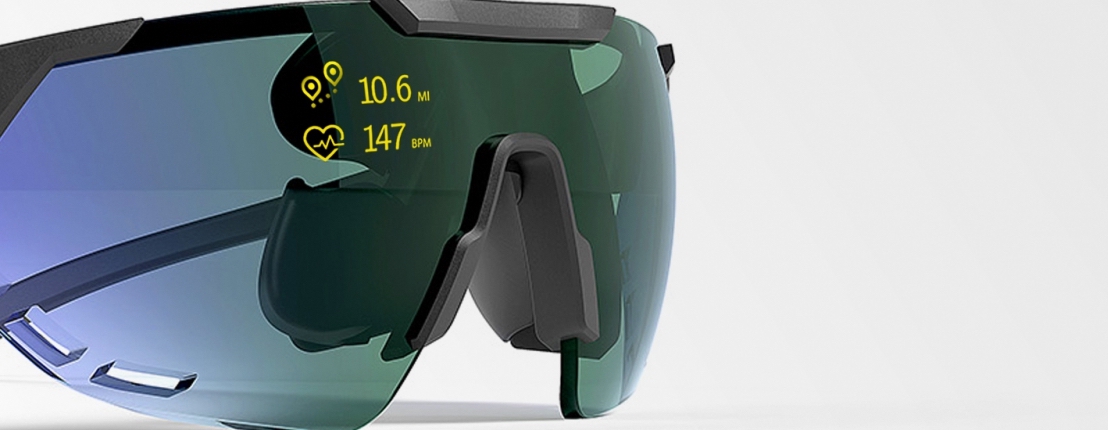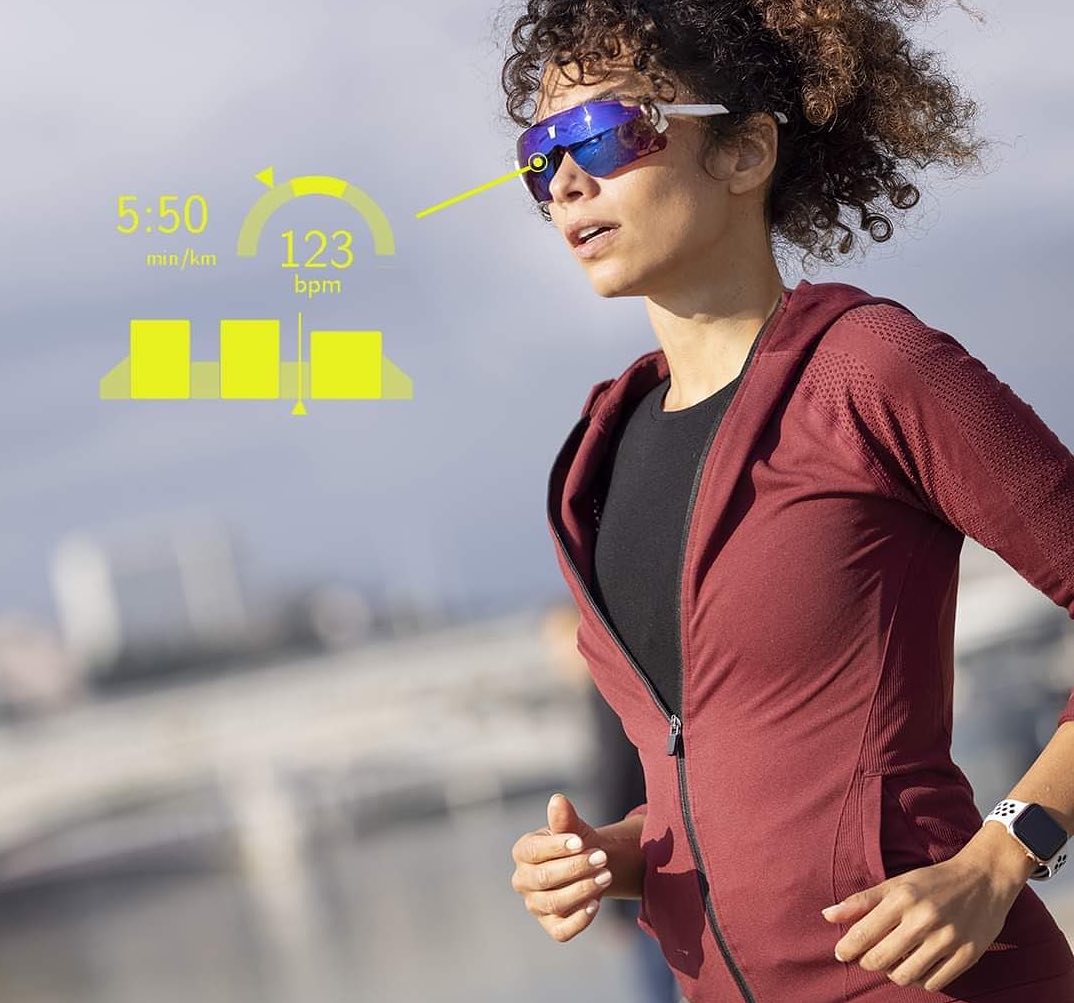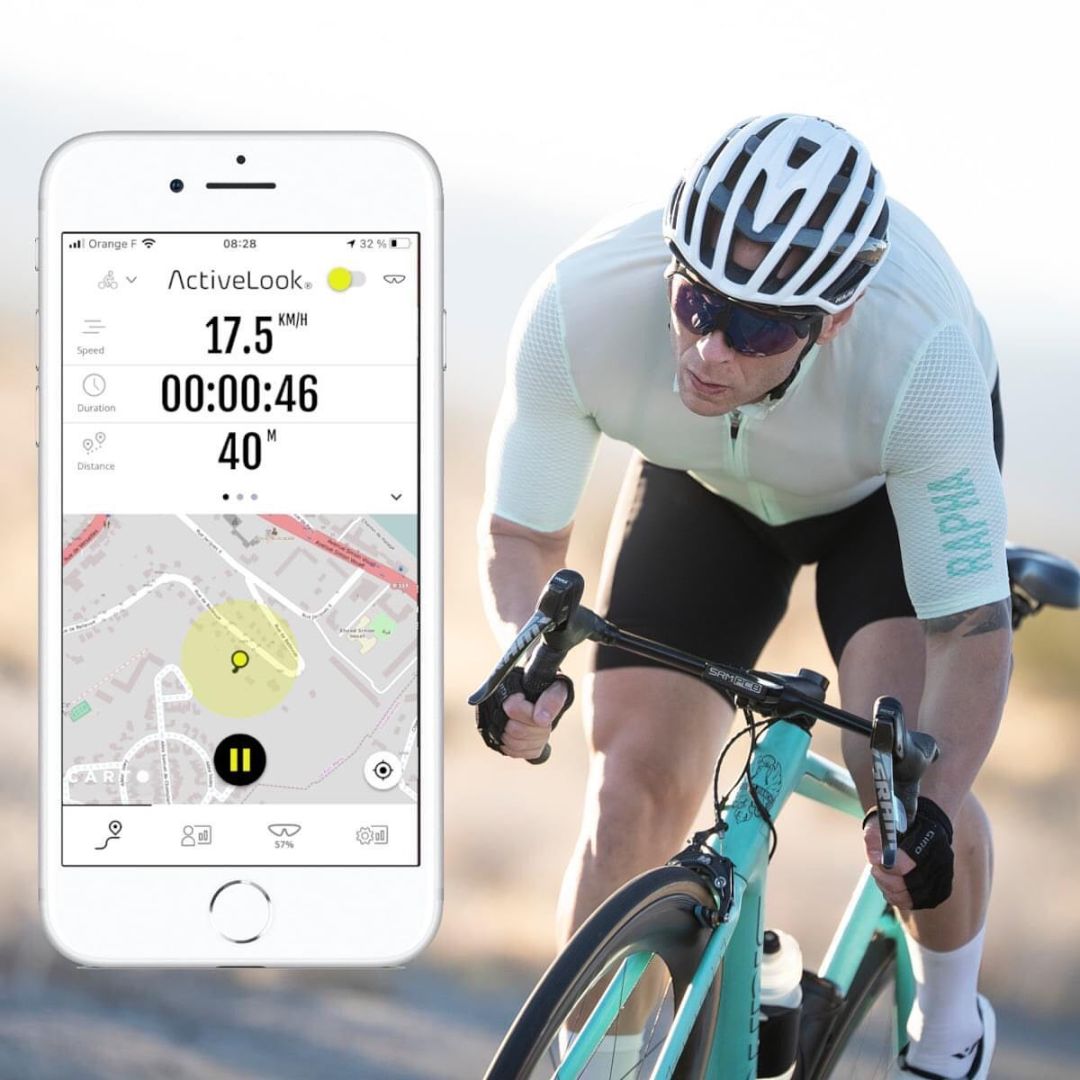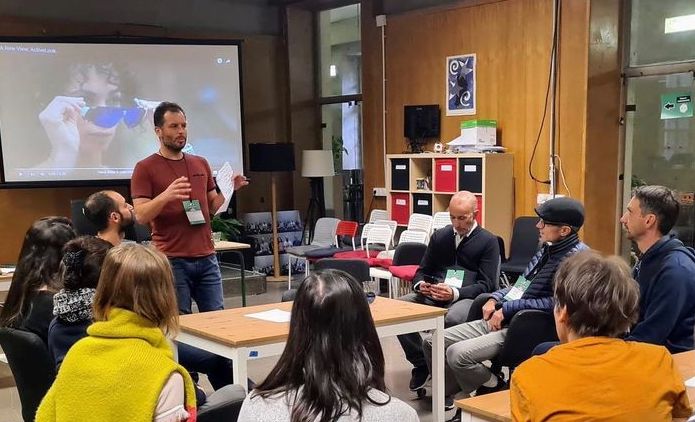Features
Interview with Xavier Bonjour, Microoled
16 March 2023
Looking into the world of light AR by the hand of Xavier Bonjour, Marketing & Partnerships Director of ActiveLook®
Let’s get to know Xavier Bonjour a bit better. With a background in engineering and an entrepreneurial spirit, Xavier has participated in start-up initiatives like MOVEA, as a board member, and in 3D Sound Labs, as a founder. He is also a Mentor for RISE Start-up Incubation Program from CNRS Innovation (The French National Centre for Scientific Research), where he guides research teams into the start-up phase. In Microoled, his main responsibility is bringing to the market a new technology called ActiveLook®, and he is going to tell us all about it – how it works, what uses it has, their journey to get where they are now, and the next steps to make it more visible by their target.

1. Could you tell us about what you do at Microoled and what makes it different to competitors?
At Microoled, we do AMOLED microdisplays. Compared to other display technologies, AMOLED provides high definition, excellent contrast ratio, is very compact and extremely low power. The cost is rather low, making it the technology of choice for near the eye displays.
These qualities are even more important if we are talking about mission critical applications (night vision, thermal vision, …) where high definition and contrast are key features.
Now, regarding what makes us different, at Microoled we provide an AMOLED technology which operates with lower power and higher brightness than its competition. It is therefore a solution of choice for light AR smart glasses and mission critical applications.
2. Now that you mention AR smart glasses, I believe at Microoled you have developed a solution called ActiveLook, that changes completely the perception we had of these products. Could you tell us how it all started?
We saw that there was room for, what we call, light AR smart glasses. For the last 20 years, we have seen the development of AR glasses and how big companies try to build glasses that carry a computer’s power, but of course this is handicap because of the hardware they require. We thought that if we only displayed the information needed by the user (a patient vitals during surgery, the altitude reached by a paraglider or the navigation for a cyclist) we could start with that, making light smart glasses, and add more information as the technology makes progress.

So we designed the technology and it’s called ActiveLook. It works as a module that brands of the eyewear industry can incorporate on their products as an “ingredient” technology. We expect “Powered by ActiveLook” to become for the eyewear industry what “intel Inside” has done to the computer industry.
On the other side there is an open API, so that anyone can develop an application that talks to the glasses. We are working with partners, developing an ecosystem, to create software with different purposes, that will be chosen depending on the user that wears them.
3. What can we currently find in the market when it comes to AR glasses?
The way we see it is that the AR market is split in different segments. We have the Advanced AR, which can combine digital video signals with reality (SLAM capabilities) and requires huge CPU/GPU resources. It is like trying to fit a game console into smart glasses.
On the other side of the spectrum is us, with light AR, which provides basic head up display capabilities and some sensors and comply to the basic following rules of engagement (must weigh less than 40g; have at least 12 hours of battery life; and have a good-looking design, similar to normal existing glasses).
In the middle there is the Basic AR and it provides video display and capture capabilities, audio and embeds a full fledge operation system. It’s a bit like trying to fit a mobile phone into glasses.
For us the Light AR has the strongest growth potential as it has several use cases, for being hand free, displaying real-time information in action; and has excellent end user acceptance in terms of design, price and comfort.
4. As consumer, does it take time to adapt to it?
The first time you put on the glasses, until you start walking, it might feel a bit weird; but the second you start walking your brain understands how it works and you get used to it very quickly. It’s like the first time you wear a watch, it might feel weird the first few hours but then you forget you are wearing it.

5. What has been your biggest challenge working on ActiveLook®?
One of the biggest challenges is getting the attention of the big guys. We have a limited marketing budget, so the next step for us would be to have a partner endorsing our product (this could be the army or an eyewear brand or a technology enterprise...) to give us exposure and credibility in the market.
Also, we have decided to go for an ingredient technology business model («Powered by ActiveLook») which means we need to attract at the same time customers (eyewear brands) and content partners (device and applications compatible with the ActiveLook protocol) and consumers (B2B2C). This requires significantly more effort compared to a more traditional B2B or B2C model.

6. How important would you say it has been for Microoled to have an IP strategy?
IP is key to our business as it is a key piece to our business protection and value creation. The basic rule when developing hardware is “if you don’t have IP, you don’t have anything”. In these types of businesses, if you are successful, other companies, perhaps with more resources, will try to copy your innovation.
This is why we have a rather significant IP portfolio covering several fields: the display itself, the driving of the display, the optics of smart glasses and the protocol address the display in the glasses.
The problem with IP is that the time that goes between filling the patent application and this patent being granted, is too long. This timing doesn’t align with the life of a startup, that ideally would have the IP ready when rising money, as it’s “safer” for the investor. But usually, you have the patent granted when the round of investment is over already.

7. I see that you are a mentor in an incubator program from CNRS Innovation. Could you tell us a bit more about that and give some advice for entrepreneurs?
I am a firm believer that innovation is what makes a company successful. Besides, over the years I have developed certain skills and experience about bringing deep tech technologies from the lab to the market, which is also what I like to do. So, I make myself useful by doing just that for Microoled and the CNRS Startup incubator.
Regarding the advice, having strong IP is always a must for any entrepreneur, one of the reasons being that it helps to convince investors. This is even more true if you are involved in a «deep tech» project.
Useful links:



